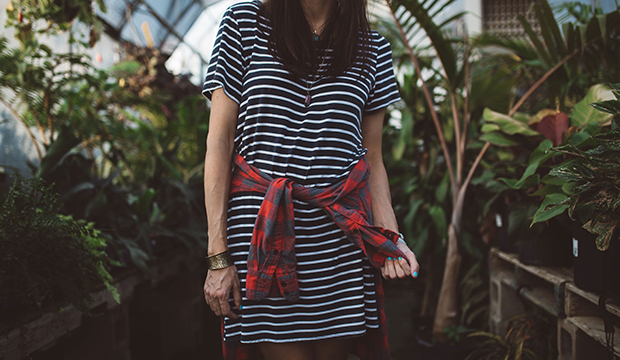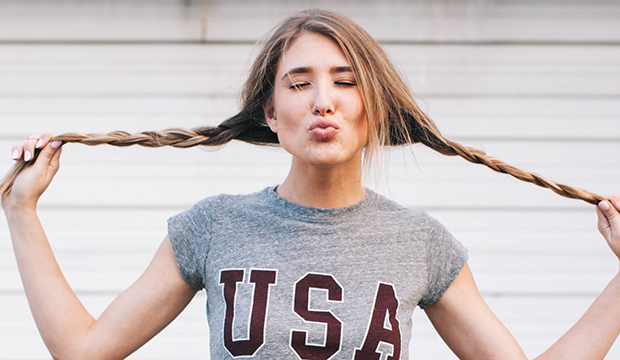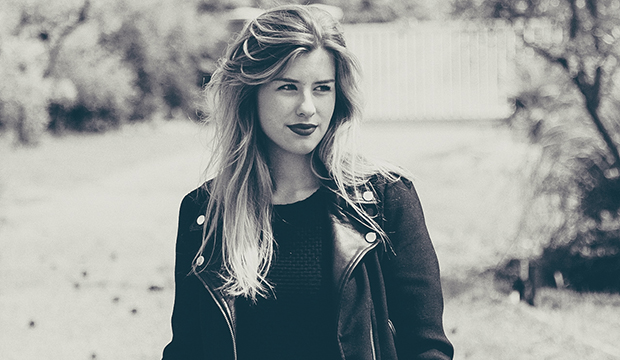As you wave goodbye to another year, and January is hitting you right in the planner, your marketing mind is thinking, ok, what is 2023 for my brand? What can I do this year to take my brand further? How can I make a larger impact? How can the brand break through the clutter and demonstrate it’s our year.
First, you start with Data. If you find the time to invest in collecting the right data, and ensure you then in turn take the time to analyze it properly, you’ll find the data as your gold. It’s the ammunition you need to find what is working, and what you need to do more of.
For example for most brands the bread and butter is google analytics, crm, search and social analytics (in addition to any larger media program learnings).
Here are some of the main areas to ensure you’re looking at the right data (no matter the brand):
WEB, SEO and PAID SEARCH:
– Time on Site
– Referral Traffic
– Content engaged with
– Bounce Rate
– Keyword and campaign performance
These are helpful to see how your overall campaigns and content are performing, which channels are bringing in the most traffic, what people are searching for in regards to your brand, and in turn what times/days your brand receives the most traffic.
CRM:
– open rates
– click through rates
– a/b test on subject lines, imagery, topics
It’s best to find your category for benchmarks so you can see if your rates are below or above average and go from there.
ORGANIC AND PAID SOCIAL:
– Which channels are working from a spend perspective
– Engagement Rate for content
– Best and Worst performing posts (content types per channel)
– Day/time
– Cost per View, Click, etc
Each channel will be a little different, but it’s good to look at each separately for social, but also together to see which channels are best for your investment, especially when boosting posts.
With these mandatories, you can see what is working best for your brand across channels. The best part is you’ll probably seen some synergies across these channels, too. For example a certain type of content may resonate well with your consumers no matter where they are. In turn, some types of content may work better on certain channels.
It’s good to evaluate the above every 3 months, and then every 1-2 months thereafter to ensure you’re getting a full yet also recent picture of your brand. In addition, a year over year view is good to see where your efforts and spend is most wisely used for yearly planning.
In turn, after you’ve looked at your data, you want to make sure you move on it (with quality and effort, not just speed). Your audience isn’t waiting around for your content – they’re also looking at your competitors. Based on on your buyer personas, you’ll want to practice what’s working well and optimize accordingly (derivative content, etc).
Another thing to consider as we go into the new year, is the things that matter to consumers. Consumers are searching on their mobile for things that matter to them at that very moment. In moments like this, it is more likely about being both mobile and local. Ensure your product/brand is accessible on a local basis. For example if you have key markets, ensure your product is available to your consumers in their region and in their language, too. Whether it’s through a third party or your own site, be sure your consumer feels comfortable with the information, and also finds it convenient. So convenient that they can access through your website in seconds of finding a piece of content that resonates with them.
Lastly, don’t forget to be nimble. Be ready to change your tactics, and try new ones. The brands who fall behind are the ones who are unwilling to change and try. Ensure your success by being the ones who do.
Image source: pixabay






















 Social media can be daunting at times, especially when you’re just starting to grow your business and most of the work is on your shoulders. Sometimes, social feels like too much time and you just can’t see how it’s helping your startup grow.
Social media can be daunting at times, especially when you’re just starting to grow your business and most of the work is on your shoulders. Sometimes, social feels like too much time and you just can’t see how it’s helping your startup grow.




